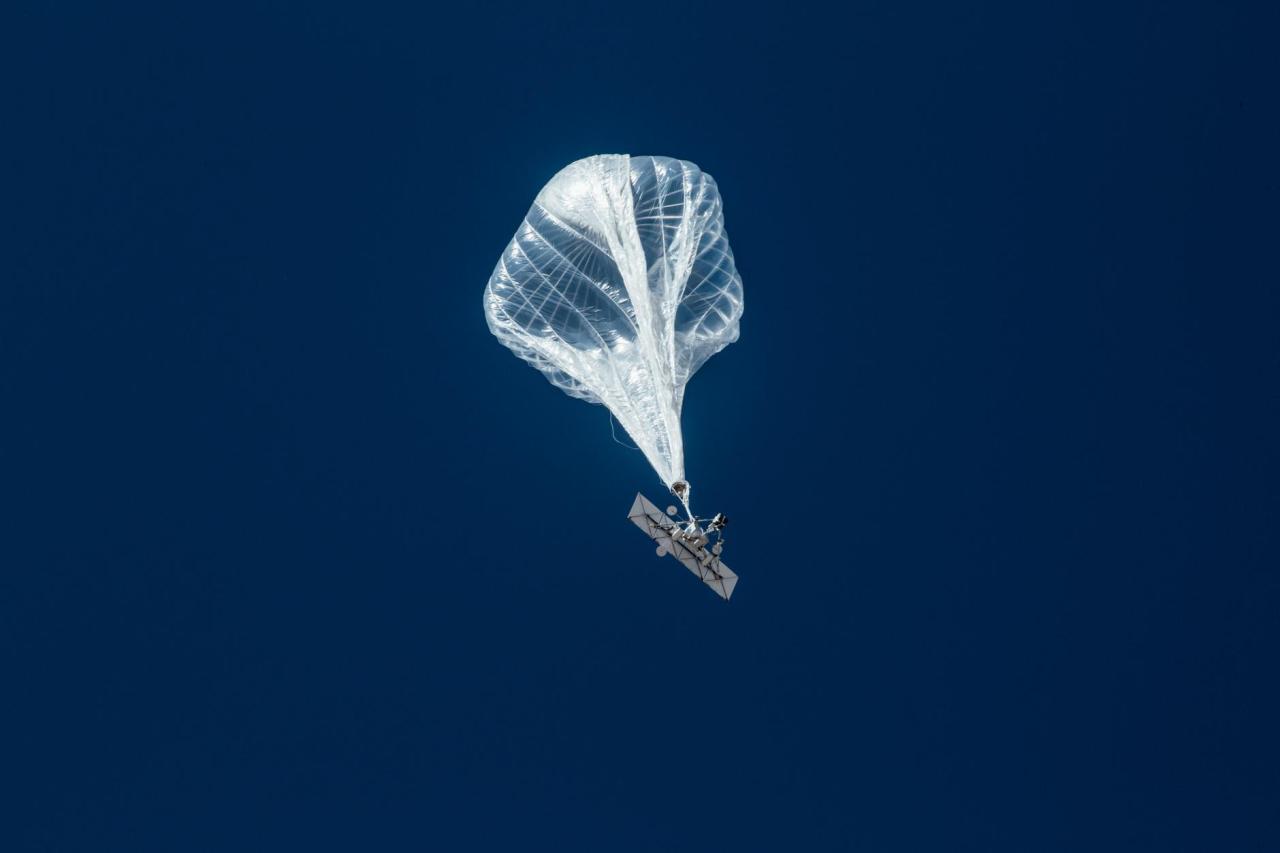In a groundbreaking move in the world of aerospace innovation, Loon, a subsidiary of Alphabet, has successfully integrated artificial intelligence into the navigation systems of its stratospheric balloons. Harnessing the power of Google’s advanced AI technologies, this initiative is not only redefining balloon technology but also pushing the boundaries of reinforcement learning in real-world applications. Let’s dive deeper into this remarkable feat and what it means for the future of aerospace.
The Power of Reinforcement Learning
For the uninitiated, reinforcement learning (RL) is an intriguing area of machine learning where algorithms learn from their actions to achieve the best results. Instead of relying on pre-programmed instructions, these systems harness trial and error to continuously improve their performance. Loon’s new navigation system exemplifies this philosophy by allowing the balloons to teach themselves to fly more efficiently.
- Beyond Human Error: Traditional navigation algorithms designed by humans often fall short due to their inherent limitations. In contrast, Loon’s AI utilizes data and real-time feedback to develop optimal flight paths dynamically, outperforming its predecessors.
- Efficiency at Its Best: The AI-powered system not only discovers new navigation techniques but also conserves energy, which is crucial for long-duration flights. This efficiency translates to both cost savings and environmental benefits.
Proving Its Worth: A 39-Day Challenge
To test its new navigation system thoroughly, Loon engaged in a rigorous 39-day experiment over the Pacific Ocean, deliberately contrasting the performance of its cutting-edge AI with the human-designed navigation algorithm. The results were nothing short of impressive:
- The AI kept the balloons aloft for extended periods over targeted areas.
- It utilized substantially less energy than traditional methods.
- Innovative navigational maneuvers emerged from the AI’s experimentation, showcasing its ability to think outside the box.
This impressive feat led Loon to implement the AI-driven navigation system across its entire fleet, which is currently operational in regions like Kenya, providing internet connectivity to remote areas and furthering the company’s mission of bridging the digital divide.
The Implications for Aerospace and Beyond
Loon’s achievement is more than just a win for the company; it highlights the potential of reinforcement learning in various industries, especially in aerospace. This technology can inspire similar deployments across sectors ranging from agriculture to telecommunications, where autonomous systems must adapt to complex environments.
- Broader Applications: Other aerospace companies may take cues from Loon’s success to develop their RL systems, ultimately improving flight safety, navigation accuracy, and operational efficiency.
- Collaborative Innovations: These advancements can lead to partnerships between tech giants and aerospace manufacturers seeking to leverage AI for complex problem-solving.
Conclusion: A New Horizon Awaits
Loon’s pioneering use of Google AI’s reinforcement learning capability stands as a testament to what the future holds for autonomous navigation systems. As these technologies evolve, they are set to transform numerous industries while enhancing existing systems’ capabilities. At fxis.ai, we believe that such advancements are crucial for the future of AI, as they enable more comprehensive and effective solutions. Our team is continually exploring new methodologies to push the envelope in artificial intelligence, ensuring that our clients benefit from the latest technological innovations.
For more insights, updates, or to collaborate on AI development projects, stay connected with fxis.ai.

